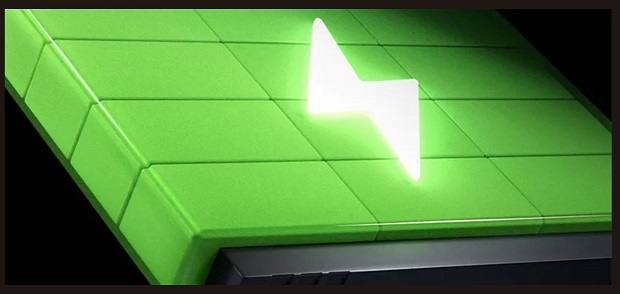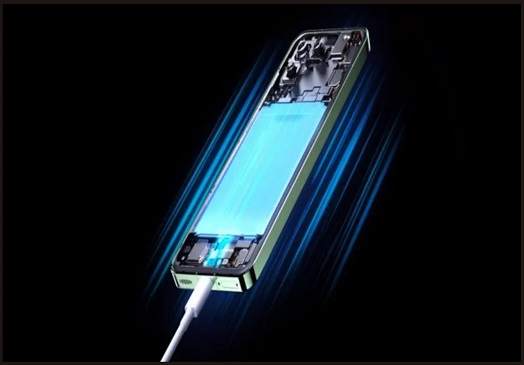Xiaomi shows for the first time the operation of its solid electrolyte battery
The solid electrolyte is for many the Holy Grail that will allow the development of smaller, lighter, safer, and cheaper batteries. Now, the Chinese manufacturer Xiaomi has made the first demonstration of this technology on a mobile phone, which opens the doors to more intense applications such as electric cars.

In this demonstration, Xiaomi managed to integrate a 6,000 mAh solid electrolyte battery into a prototype of its Xiaomi 13 smartphone. A prototype that reaches a volumetric density of 1,000 Wh/L,
The result has been an improvement of 33% compared to the conventional lithium battery, which occupied the same space but offered a capacity of 4,500 mAh. Something that translates into greater autonomy without increasing the weight or size of the device.
Not only that, but Xiaomi also claims that its solid electrolyte battery is also safer since there are no risks when it comes to short circuits even if the mobile is subjected to extreme conditions.
That is made possible by the ceramic coating of the positive electrode, which allows the solid electrolyte layer to curve downward to enclose the positive current collecting fluid and separate it from the negative electrode. That blocks any contact between the positive and negative electrodes even in the event of critical damage such as a puncture, which significantly increases the level of safety.
The Chinese manufacturer also points out that the use of this type of battery can offer up to 20% more autonomy than a lithium battery when external conditions are extremely cold. A clear allusion to its applications within sectors such as the electric car.

The potential is unquestionable given the results of the Xiaomi prototype with a 33% improvement, it would mean that a car with a 70 kWh battery and a range of about 400 kilometers could install a 93 kWh and increase the autonomy up to 530 km. And all in the same space and with the same weight.
The problem is that at the moment, there are no dates for the launch of this technology. That can be mainly due to the high production costs, which make them unfeasible in the short term.
Something that we have been able to verify a few weeks ago when NIO confirmed that the price of its semi-solid battery, less advanced than the solid electrolyte, was as high as the cost of the car with the 75 kWh battery 45,000 euros in China. That is only for the battery which as we remember reaches 150 kWh.
An aspect that possibly takes the arrival of solid electrolytes for electric cars to a temporary plane that should move between 2025 and 2027. Date for which the first developments with solid electrolytes will reach the market.
Related Post
